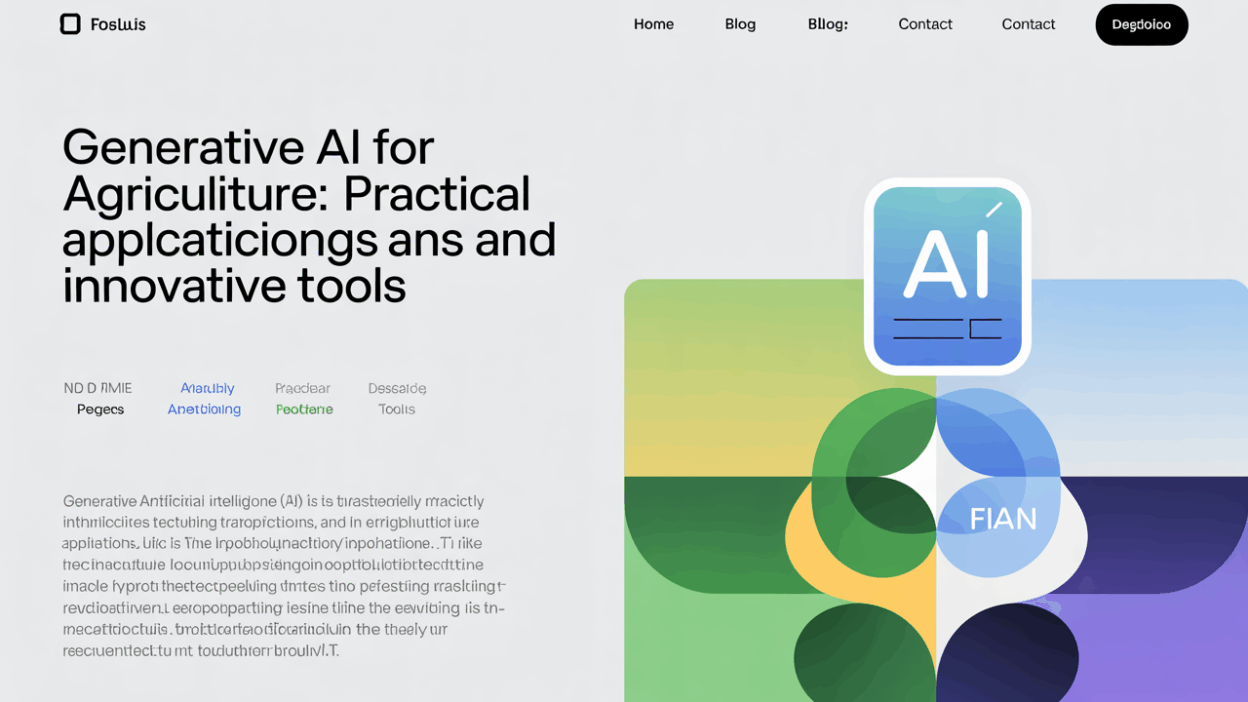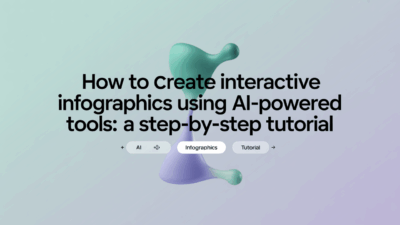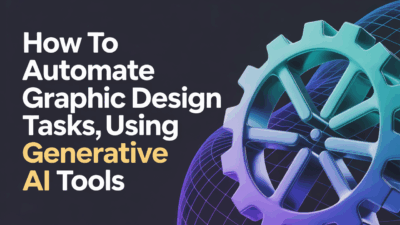Generative Artificial Intelligence (AI) is rapidly transforming various sectors, and agriculture is no exception. This technology offers groundbreaking solutions that can revolutionize traditional farming practices, enhancing efficiency, sustainability, and productivity. In this blog post, we will explore some practical applications and innovative tools powered by generative AI in the agricultural sector.
Precision Farming
One of the most significant applications of generative AI in agriculture is precision farming. This approach involves using AI to analyze vast amounts of data from various sources, including satellite imagery, weather forecasts, and soil sensors, to provide farmers with actionable insights. These insights help optimize resource allocation, such as water and fertilizers, leading to increased crop yields while minimizing environmental impact .
Pest Management
Generative AI also plays a crucial role in pest management. By leveraging predictive analytics, AI systems can forecast pest outbreaks and recommend appropriate interventions. This proactive approach allows farmers to apply pesticides more effectively, reducing the need for excessive chemical use and promoting eco-friendly farming practices .
Supply Chain Optimization
The application of generative AI extends beyond the fields to the entire agricultural supply chain. AI-driven models can predict market trends, optimize logistics, and enhance inventory management. This optimization ensures that produce reaches consumers in optimal condition while minimizing waste and reducing costs .
Crop Design and Improvement
Innovative tools powered by generative AI are being used to design new crop varieties that are more resilient to climate change and pests. For instance, companies like Agmatix utilize Amazon Bedrock and AWS services to enhance the research process and develop higher-yielding seeds. This advancement not only improves food security but also supports sustainable agricultural practices .
Disease Modeling
Generative AI aids in modeling plant diseases, enabling early detection and management. By analyzing patterns and symptoms, AI systems can provide timely recommendations for treatment, helping farmers mitigate losses and maintain healthy crops .
Food Design and Sustainability
Beyond crop production, generative AI contributes to food design and sustainability. It assists in creating novel food products that meet consumer preferences while ensuring nutritional value and environmental sustainability. This capability is particularly valuable in addressing global challenges related to food security and nutrition .
Decision Support Systems
For farmers and agronomists, generative AI serves as a decision support system. It provides data-driven recommendations on seed selection, input purchases, and farm management practices. This support empowers farmers to make informed decisions that enhance productivity and profitability .
Conclusion
Generative AI is reshaping agriculture through a multitude of practical applications and innovative tools. From precision farming and pest management to supply chain optimization and crop improvement, the benefits of integrating AI into agricultural practices are profound. As the technology continues to evolve, it promises to unlock even greater potential, driving the industry towards a more sustainable and productive future. Embracing generative AI could be the key to overcoming many of the challenges faced by modern agriculture, ensuring food security for generations to come .



